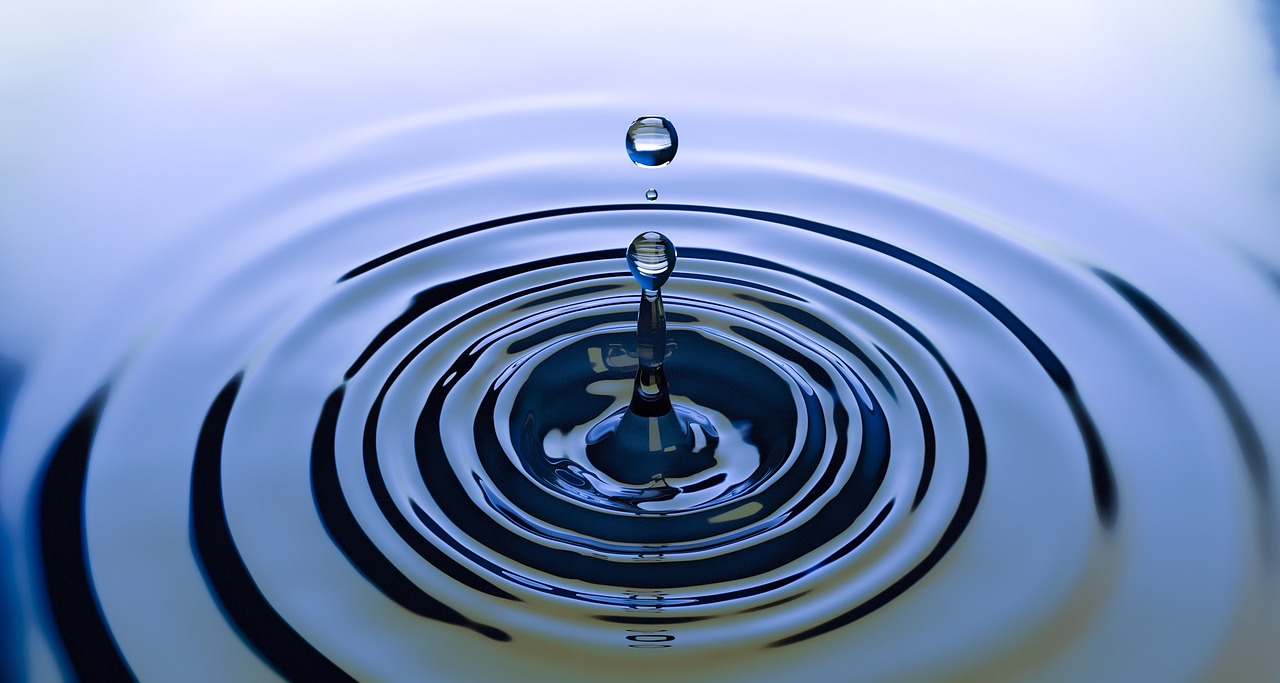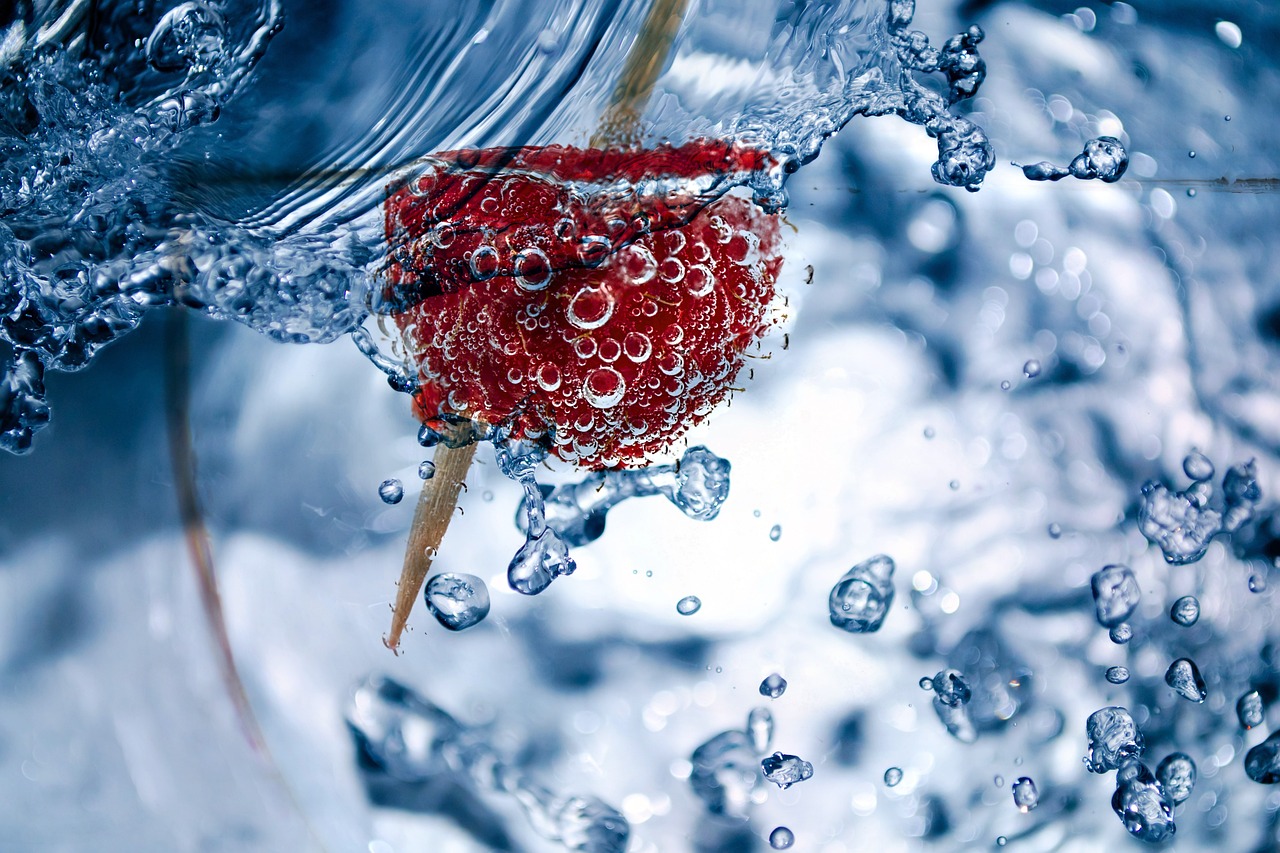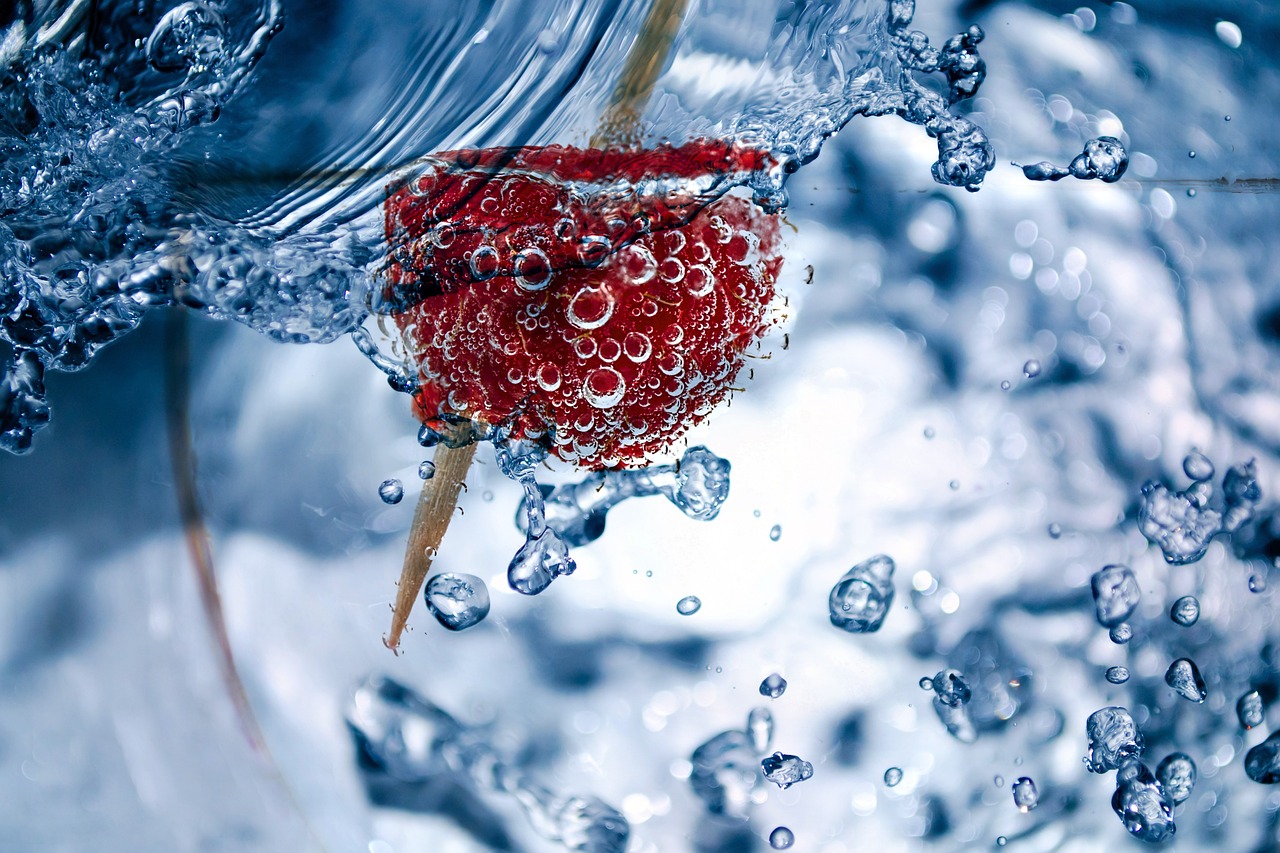Imagine never having to worry about access to clean and safe drinking water. With solar water purifiers, that dream can become a reality. This article explores the simplicity and effectiveness of solar water purifiers, highlighting their ability to harness the power of the sun to provide clean, reliable, and affordable drinking water solutions. Say goodbye to water contamination worries, as solar water purifiers offer a sustainable and environmentally friendly way to ensure that you and your loved ones have access to the most vital resource for a healthy life – clean water.
Benefits of Solar Water Purifiers
1.1 Solar energy as a renewable source
Solar water purifiers harness the power of solar energy to provide clean and safe drinking water. Solar energy is a renewable source, meaning it can be replenished naturally and does not deplete the earth’s resources. By utilizing solar energy, solar water purifiers offer a sustainable solution for water purification, reducing our dependence on non-renewable energy sources.
1.2 Cost-effective solution for clean water
Solar water purifiers are a cost-effective solution for obtaining clean and safe drinking water. Unlike traditional methods that require ongoing expenses for electricity or fuel, solar water purifiers operate solely on the power of the sun. This eliminates the need for additional costs, making solar water purifiers an affordable option for households, communities, and organizations seeking access to clean water.
1.3 Eco-friendly and sustainable
Solar water purifiers contribute to a cleaner and healthier environment. By using solar energy instead of fossil fuels or electricity generated from non-renewable sources, solar water purifiers reduce carbon emissions and help mitigate climate change. Additionally, solar water purifiers do not produce any harmful byproducts or waste, making them environmentally friendly and sustainable.
1.4 Independence from electrical grid
One of the key advantages of solar water purifiers is their independence from the electrical grid. Traditional water purifiers rely on electricity, which can be unreliable or unavailable in certain areas, especially in remote or rural regions. Solar water purifiers, on the other hand, operate autonomously, utilizing solar energy to power the purification process. This independence ensures a consistent and reliable supply of clean water, even in areas with limited access to electricity.
1.5 Easy maintenance and operation
Solar water purifiers are designed to be user-friendly and require minimal maintenance. Unlike complex filtration or chemical disinfection systems, solar water purifiers have fewer moving parts and simple mechanisms. This makes them easy to operate, even for individuals with limited technical knowledge. Additionally, maintenance tasks such as cleaning the solar panels and replacing worn-out components are straightforward and can be performed with basic tools.
Different Types of Solar Water Purifiers
2.1 Solar stills
Solar stills are one of the oldest and simplest types of solar water purifiers. They consist of a sloped glass or plastic panel placed over a container of dirty water. The sun heats the water, causing it to evaporate. The water vapor then condenses on the cool surface of the panel and drips down into a collection area, leaving behind impurities and contaminants. Solar stills are particularly effective in areas with abundant sunlight and can provide a reliable source of clean water.
2.2 Solar disinfection systems
Solar disinfection systems, also known as SODIS, utilize the combined power of sunlight and heat to kill bacteria, viruses, and other pathogens in water. This method involves filling transparent containers with water and exposing them to direct sunlight for several hours. The solar radiation and heat effectively disinfect the water, making it safe for consumption. Solar disinfection systems are inexpensive, easy to use, and have been widely implemented in regions with limited access to clean water.
2.3 Solar-powered reverse osmosis systems
Reverse osmosis is a highly effective water purification method that removes contaminants through a semipermeable membrane. Solar-powered reverse osmosis systems use solar energy to generate the pressure required for the purification process. The solar panels produce electricity, which powers the reverse osmosis system, ensuring the production of clean and safe drinking water. These systems are particularly suitable for areas where water contamination is a significant concern.
2.4 Solar-powered water distillation systems
Water distillation is a process that involves heating water to create steam, which is then condensed back into liquid form to remove impurities. Solar-powered water distillation systems use solar energy to heat the water, causing evaporation. The steam is then collected and cooled, resulting in purified water. These systems are effective in removing a wide range of contaminants, including heavy metals and bacteria.

Working Principles of Solar Water Purifiers
3.1 Utilization of solar energy to generate heat
Solar water purifiers rely on the utilization of solar energy to generate heat. Solar panels absorb sunlight and convert it into heat energy, which is then used to power the purification process. This heat generation is crucial for various purification methods, such as evaporation, disinfection, and distillation.
3.2 Heat transfer to water in the purification process
The generated heat energy is transferred to the water through various mechanisms, depending on the type of solar water purifier. In solar stills, the heat warms the water, leading to evaporation and condensation. In solar disinfection systems, the heat contributes to the disinfection process by accelerating the inactivation of pathogens. In solar-powered reverse osmosis and distillation systems, the heat plays a role in creating the necessary conditions for effective purification.
3.3 Removal of impurities and contaminants
As the water is heated and subjected to the purification process, impurities and contaminants are separated and removed. For example, in solar stills, the impurities are left behind in the container while the purified water vapor condenses. In reverse osmosis systems, the semipermeable membrane filters out contaminants, allowing only clean water molecules to pass through.
3.4 Collection and storage of purified water
Once the purification process is complete, the purified water is collected and stored in suitable containers. It is essential to ensure the containers used for storage are clean and free from contaminants to maintain the water’s purity. Proper storage practices, such as keeping the containers covered, can help prevent recontamination and ensure the availability of clean water when needed.
Solar Water Purifiers vs. Traditional Methods
4.1 Solar water purifiers vs. boiling
Boiling water is a common traditional method for purifying water. While boiling can effectively kill most pathogens, it requires a continuous supply of fuel or electricity. Solar water purifiers, on the other hand, utilize the sun’s energy, making them more cost-effective and sustainable in the long run. Additionally, solar water purifiers can provide a more comprehensive purification process, removing impurities that boiling alone may not eliminate.
4.2 Solar water purifiers vs. chemical disinfection
Chemical disinfection methods, such as using chlorine or iodine tablets, are widely used for water purification. While effective, these methods require the availability of chemicals and can leave a residual taste in the water. Solar water purifiers offer a chemical-free alternative, relying solely on the power of solar energy to disinfect water and eliminating the need for additional supplies.
4.3 Solar water purifiers vs. filtration systems
Filtration systems, such as activated carbon filters, can effectively remove physical impurities and some contaminants from the water. However, they may not be as effective in eliminating bacteria, viruses, and other microscopic pathogens. Solar water purifiers, with their combination of heat and purification methods, can provide more comprehensive purification, ensuring the removal of a broader range of impurities and contaminants.

Factors to Consider When Choosing a Solar Water Purifier
5.1 Water purification capacity
The water purification capacity is an important factor to consider when choosing a solar water purifier. It should be matched to the expected water demand, whether for individual households, communities, or larger-scale applications. Assessing the water purification capacity ensures a sufficient supply of clean water for the intended purpose.
5.2 Purification efficiency
Purification efficiency determines how effectively a solar water purifier can remove impurities and contaminants. Higher purification efficiency ensures safer drinking water by reducing the presence of harmful substances. It is crucial to choose a solar water purifier with proven effectiveness in removing specific contaminants relevant to the water source and the region’s water quality.
5.3 Durability and build quality
Durability and build quality play a significant role in the longevity and reliability of the solar water purifier. It is recommended to select a purifier made from high-quality materials that can withstand outdoor conditions, such as exposure to sunlight, humidity, and temperature variations. A robust and durable system ensures reliable operation over an extended period, reducing the need for frequent repairs or replacements.
5.4 User-friendly design and operation
A user-friendly design and operation are essential, especially for individuals or communities with limited technical expertise. The solar water purifier should have clear instructions and intuitive controls, facilitating easy operation and maintenance. A well-designed system simplifies the purification process, increasing the likelihood of consistent and correct usage.
5.5 Additional features and functionalities
Some solar water purifiers may offer additional features and functionalities to enhance convenience and usability. These may include built-in storage tanks, integrated filtration systems, or indicator lights for monitoring purification status. Assessing the available features can help determine the suitability of the system for specific needs and preferences.
Installation and Setup of Solar Water Purifiers
6.1 Location selection for maximum solar exposure
When installing a solar water purifier, it is crucial to choose a location that receives maximum solar exposure throughout the day. The solar panels need direct sunlight to generate the required energy for the purification process. Placing the purifier in an area with minimal obstruction from shadows or structures ensures optimal solar exposure and efficiency.
6.2 Placement of solar panels and water storage tanks
The placement of solar panels and water storage tanks should be carefully considered during the installation process. Solar panels should be positioned at an angle and orientation that allows them to receive maximum sunlight. Water storage tanks should be placed in a convenient and easily accessible area, ensuring easy retrieval of purified water.
6.3 Connection of solar panels to the purifier system
Proper connection of the solar panels to the purifier system is crucial for the efficient operation of the solar water purifier. Following the manufacturer’s instructions and guidelines, the solar panels should be securely connected to the purifier, ensuring a stable electrical connection. Attention should be given to proper wiring and protection against damage or exposure to the elements.
6.4 Testing and calibration of the system
Once the installation is complete, it is important to test and calibrate the solar water purifier to ensure optimal performance. This involves verifying the system’s functionality and effectiveness in purifying water. Performing regular tests and calibration procedures helps identify any issues or inefficiencies, allowing for timely adjustments or repairs.

Maintenance of Solar Water Purifiers
7.1 Regular cleaning of solar panels and water containers
Regular cleaning of solar panels and water containers is essential for the efficient operation of solar water purifiers. Dust, dirt, and debris can accumulate on the surfaces, reducing the amount of sunlight reaching the solar panels and potentially affecting the purification process. Cleaning the panels and containers with a non-abrasive cloth and water helps maintain their optimal performance.
7.2 Replacement of worn-out or damaged components
To ensure the longevity of the solar water purifier, it is important to replace any worn-out or damaged components promptly. This includes replacing faulty wiring, worn-out filters, or damaged seals. Regular inspection of the purifier system helps identify any components that require replacement, preventing potential breakdowns or compromised water purification.
7.3 Monitoring of purification efficiency
Monitoring the purification efficiency is essential to ensure the continued effectiveness of the solar water purifier. This can be done by periodically testing the quality of the purified water through water sampling and laboratory analysis. Monitoring helps identify any deviations or declines in the purification efficiency, allowing for timely adjustments or maintenance.
7.4 Periodic inspection of electrical connections
Periodic inspection of electrical connections is necessary to identify any loose or damaged wiring that may affect the operation of the solar water purifier. Inspecting the connections ensures a secure and stable electrical supply, reducing the risk of malfunction or failure. Any issues discovered during inspection should be addressed promptly to maintain the system’s reliability.
Applications of Solar Water Purifiers
8.1 Household water purification
Solar water purifiers are highly suitable for household water purification. They provide a reliable and cost-effective solution for obtaining clean and safe drinking water, particularly in areas with limited access to clean water sources. Solar water purifiers can be installed on rooftops or outdoor areas, ensuring a convenient and consistent supply of clean water for drinking, cooking, and other domestic needs.
8.2 Disaster relief and emergency situations
In disaster-stricken areas or emergency situations, access to clean water can become severely limited. Solar water purifiers offer a practical solution for providing safe drinking water during such times. Their independence from the electrical grid allows them to operate even in the absence of power, ensuring a continuous supply of clean water for affected communities or individuals.
8.3 Rural and remote area water supply
Rural and remote areas often face challenges in accessing clean and safe drinking water. Infrastructure limitations and the distance from centralized water treatment facilities make solar water purifiers an ideal solution. These purifiers can be installed locally, providing a sustainable and independent water supply to remote communities. Solar water purifiers alleviate the burden of transporting water over long distances and help promote self-sufficiency.
8.4 Off-grid and camping water purification
For outdoor enthusiasts, off-grid adventurers, and camping enthusiasts, solar water purifiers provide a convenient and reliable source of clean water. These compact and portable purifiers can be easily transported, ensuring access to safe drinking water while exploring remote areas or experiencing off-grid living. Solar water purifiers eliminate the need to carry or rely on large quantities of bottled water, reducing waste and environmental impact.
Challenges and Future Developments
9.1 Limited availability of solar energy in certain regions
One of the significant challenges faced by solar water purifiers is the limited availability of solar energy in certain regions. Areas with frequent cloud cover, extended periods of darkness, or limited sunlight may experience reduced efficiency and performance. To overcome this challenge, advancements in solar technology, such as improved solar panel efficiency and energy storage solutions, are being explored to ensure the consistent operation of solar water purifiers in any climate.
9.2 Water purification for large-scale use
While solar water purifiers are effective for individual households and small communities, the challenge of water purification for large-scale use remains. Developing solar water purifiers with higher water purification capacities and scalability is essential to meet the water demands of densely populated areas, cities, or industrial settings. Integration with existing infrastructure and the optimization of purification processes are crucial for achieving large-scale water purification.
9.3 Integration of solar water purifiers with existing infrastructure
Integrating solar water purifiers with existing infrastructure, such as water treatment plants or distribution networks, poses both challenges and opportunities. Adapting solar water purifiers to function as a part of a larger water management system requires careful planning and coordination. Collaborations between water management authorities and solar technology providers are anticipated to foster the integration of solar water purifiers into existing infrastructure, ensuring a sustainable and efficient water supply.
9.4 Advancements in purification technologies and efficiency
Advancements in purification technologies and efficiency are instrumental in the future development of solar water purifiers. Research and innovation in membrane filtration, disinfection methods, and distillation techniques can further enhance the purification capabilities of solar water purifiers. Additionally, improving the overall energy efficiency of the purification process and reducing the system’s environmental footprint are areas of focus for future developments.
Conclusion
Solar water purifiers offer numerous benefits, including the utilization of renewable solar energy, cost-effectiveness, eco-friendliness, and independence from the electrical grid. With various types available, such as solar stills, disinfection systems, reverse osmosis systems, and distillation systems, solar water purifiers provide versatile solutions for water purification. Their working principles, including solar energy utilization, heat transfer, impurity removal, and water storage, contribute to effective and reliable purification processes. When compared to traditional methods, solar water purifiers demonstrate advantages in terms of sustainability, purification efficiency, and long-term cost savings. Factors such as water purification capacity, efficiency, durability, user-friendly design, and additional features should be considered when selecting a solar water purifier. Proper installation, maintenance, and periodic inspections ensure optimal functionality and longevity. Solar water purifiers find applications in household water purification, disaster relief, rural areas, and off-grid scenarios. While certain challenges exist, such as limited solar energy availability and large-scale water purification, future developments aim to improve efficiency, integration, and purification technologies. Solar water purifiers are a simple and effective means of providing clean and safe drinking water, contributing to a healthier and more sustainable future.






